THE PITFALLS OF 'MORE, YOUNGER' MINDSET Why Starting Kids Too Early and Pushing Them Too Hard Can Backfire in Youth Sports
Better Coaching
DECEMBER 24, 2024
The goal is not to discourage early physical activityindeed, free play and basic motor skill development are crucial for young children. Physical Growth and Maturation From infancy to adolescence, children undergo substantial changes in skeletal structure, muscular strength, cardiorespiratory capacity, and coordination.

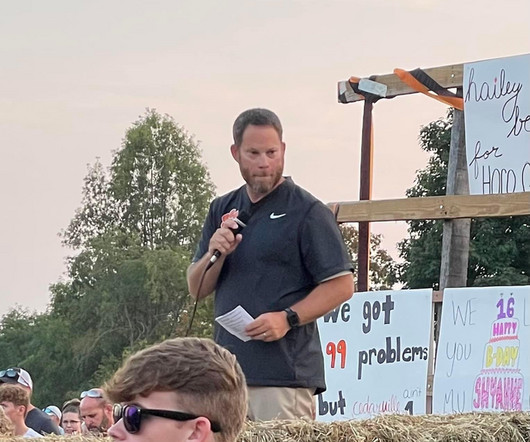


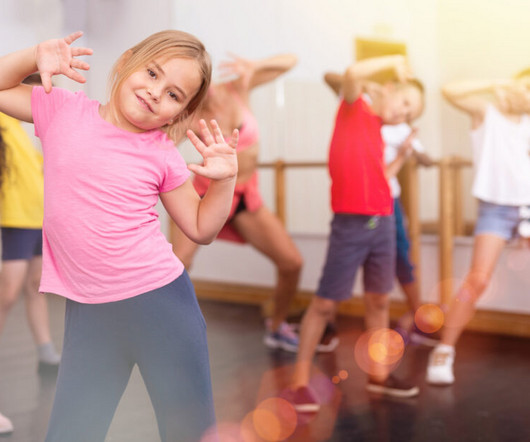
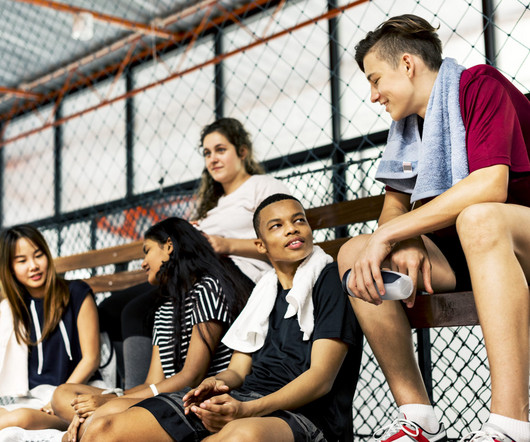
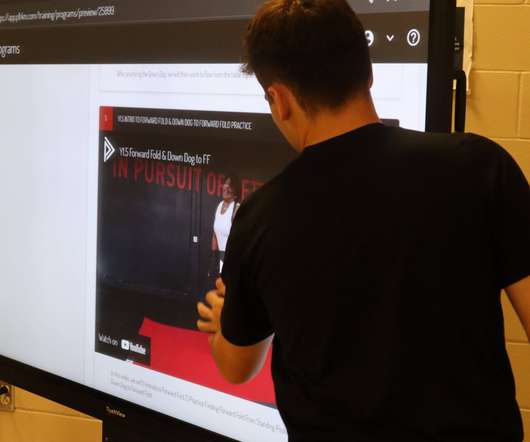
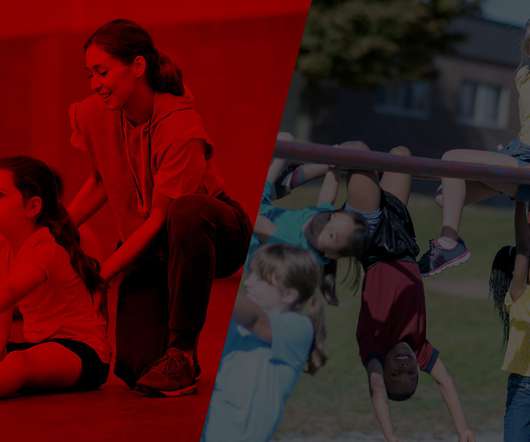
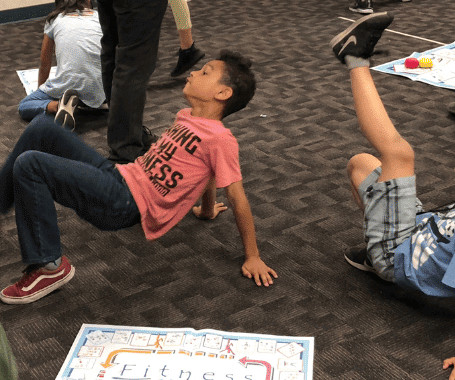

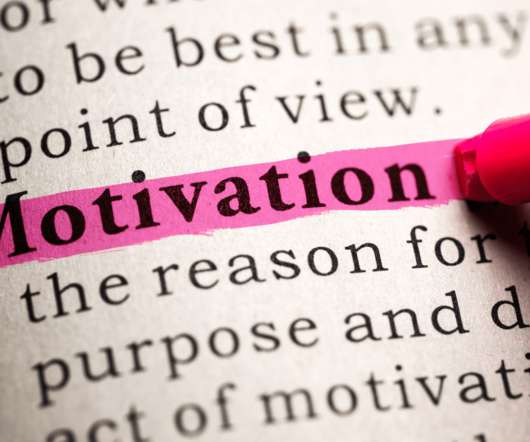
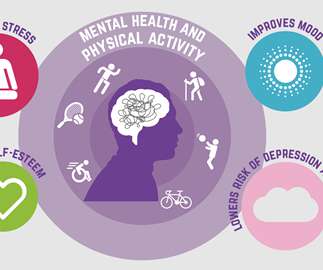

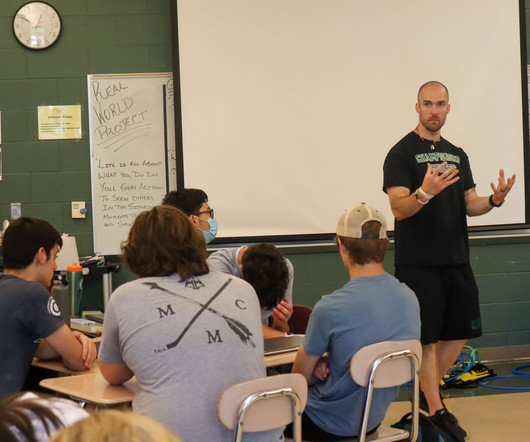
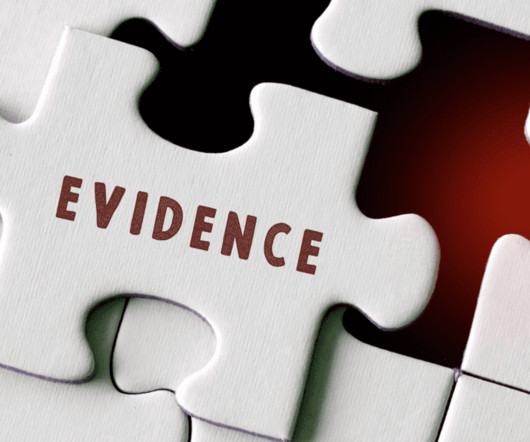






Let's personalize your content